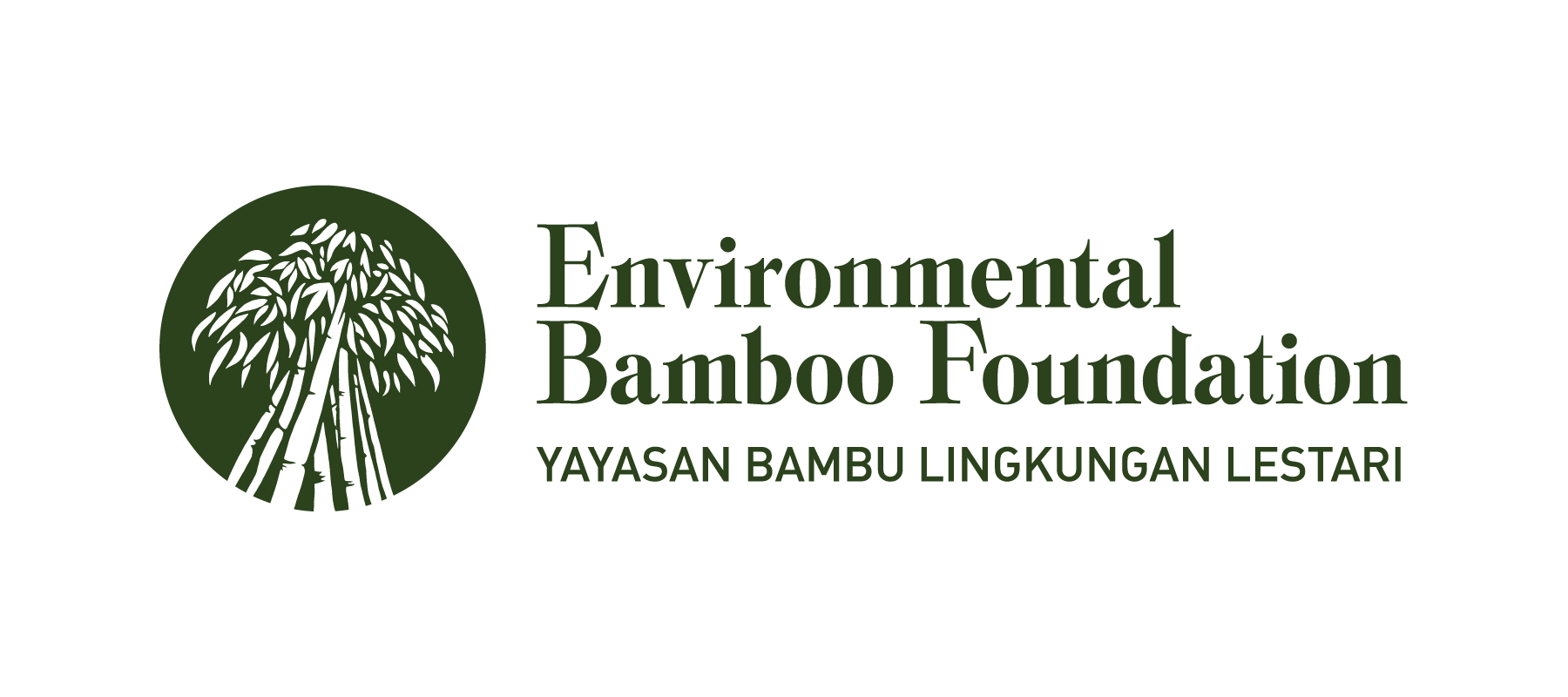Agroforestry has been practiced for a long time in Vietnam. In this study, the cost-benefit was analyzed in four agroforestry systems, which have been widely established in north mountainous provinces with Star Anise (Illicium verum) + tea (IT), bead tree (Melia azedarach) + cassava (MC),Acacia hybrid + cassava (AC) and Acacia mangium + maize (AM). A questionnaire was used to obtain information on (1) Inputs, which included costs for seeds/seedlings, fertilizers, pesticides, and labor costs, and (2) Incomes, which included benefits from selling fruits, leaves, corns, and timbers. The results indicated that IT had the highest economic benefit (6,527 US$ ha-1 y-1), followed by MC (2,905 US$ ha-1 y-1), AC (1,043 US$ ha-1 y-1), and AM (870 US$ ha-1 y-1), respectively. However, even with such economic benefits, these agroforestry models could not be established across all mountainous regions because of site specific ecological requirements of tree species and crops. In addition, unstable market and fluctuating price of agroforestry products is a big concern leading to unsustainability of these agroforestry systems. It is recommended that farmers, the local government, business sector, researchers and other relevant sectors, collaborate and work together in developing an agroforestry development strategy for the northern mountainous region of Vietnam. Such a strategy must include selecting suitable species, employing improved management techniques, harvesting and processing techniques, financing, market and price security and environment protection.
